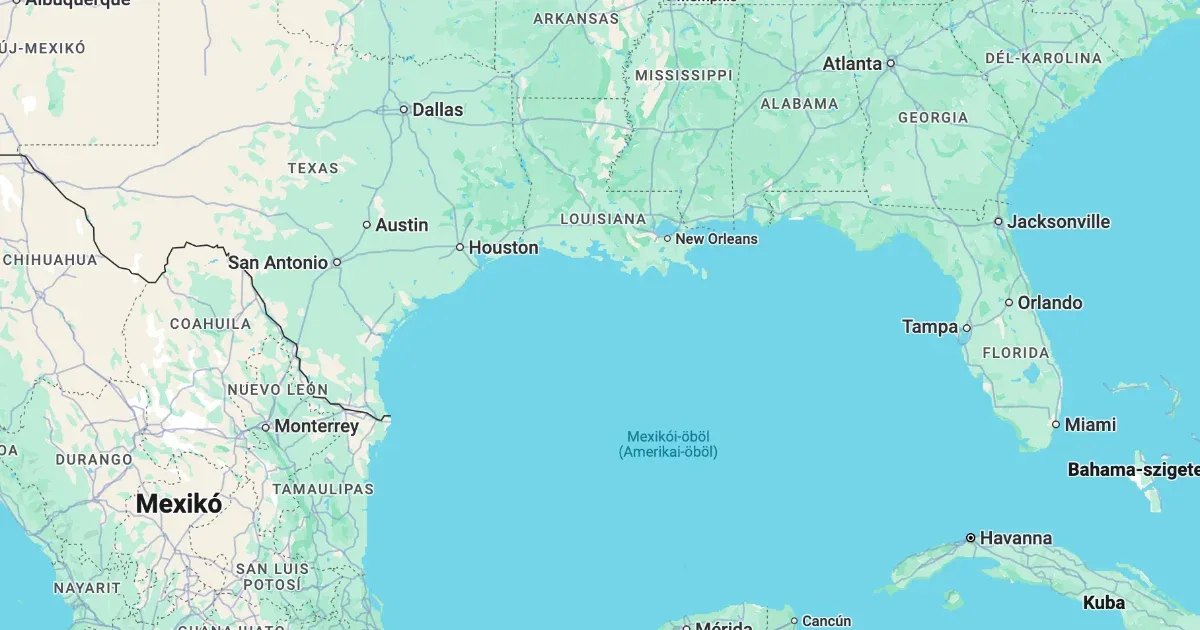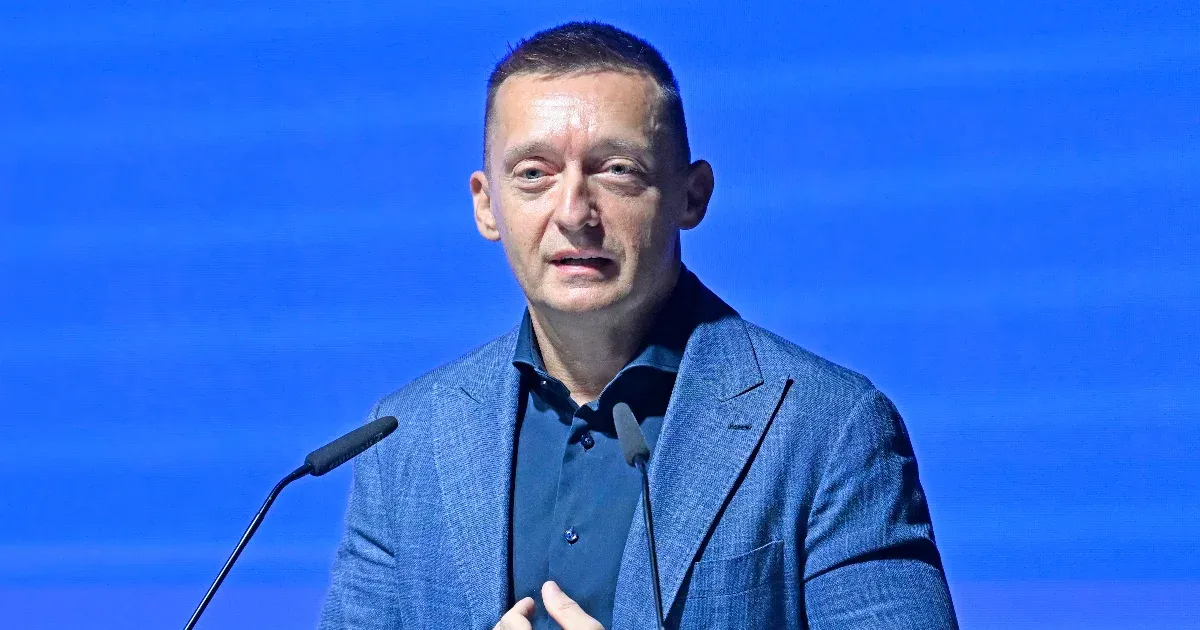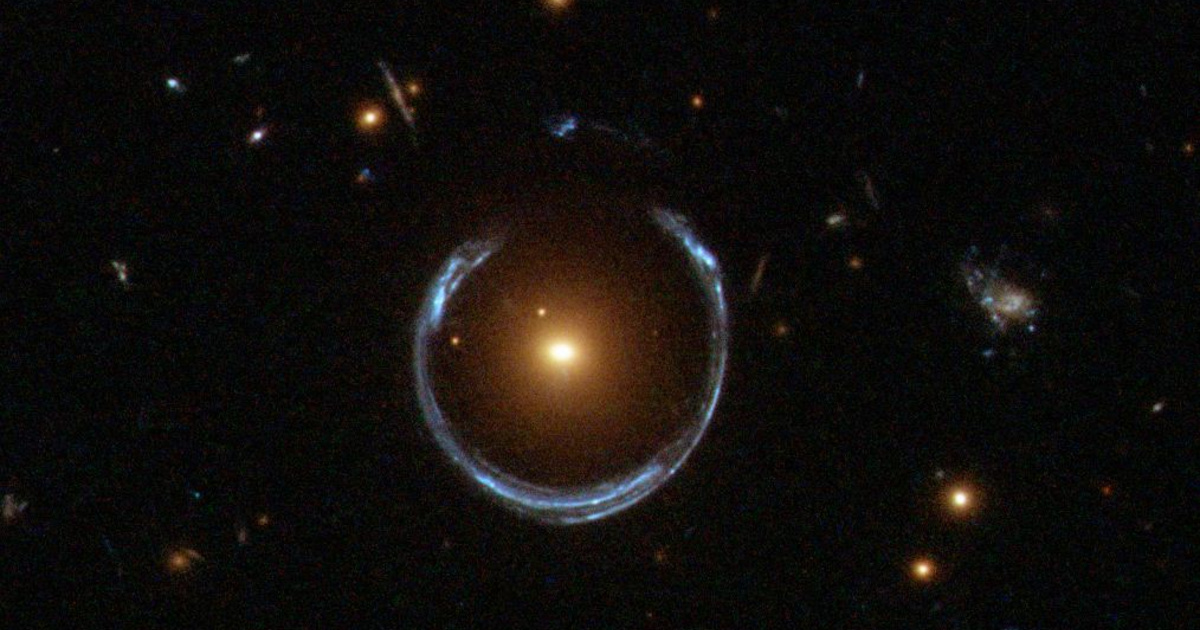The ESG movement has started an important exchange of ideas, but it doesn’t go far enough, says Colm McDaid, regional environmental director for Fujitsu. It is no longer enough simply to refrain from harm, but to restore and renew the natural systems that support all life.
Investors and stakeholders are increasingly evaluating the sustainability and ethical performance of companies based on ESG (environmental, social and governance) criteria. However, ESG issues are not just about mitigating climate change risks and social inequality. There is a third area that ESG does not adequately address: the impact on nature and biodiversity.
It is not enough to try to avoid harm through more sustainable business practices. We need to move towards a restorative practice that effectively restores and renews the natural environment. Loss of biodiversity, collapse of food chains, and disruption of the water cycle are all undermining the life support systems on which we depend.
Vital things
The web of life on Earth depends on nature and biodiversity. The air we breathe, the water we drink, and the food we eat all depend on functioning ecosystems. Forests clean the air and regulate rainfall. Insects, birds, and bats pollinate plants. Wetlands filter water and prevent flooding. Coral reefs protect the coast from storms. Biodiversity provides us with the raw materials needed for life-saving medicines. However, due to human activities such as habitat destruction, overexploitation of resources, pollution, invasive species and climate change, species are disappearing at an alarming rate.
According to the World Economic Forum, the loss of biodiversity is one of the greatest threats facing humanity, and the United Nations Convention on Biological Diversity calls for urgent action to halt and reverse this process. The vision outlined in the agreement is a nature-positive world achieved by 2050, where in addition to avoiding damage, natural systems will also be actively restored and regenerated. This is an ambitious but necessary goal – if we want to keep our planet habitable.
Non-linear thinking
With limited natural resources and pressure on the environment, it is clear that our current economic system needs to be reviewed. The currently dominant linear model of resource use, product production and waste disposal is no longer sustainable. Instead, we need to move to a circular economy where resources are used for as long as possible. The goal is to eliminate waste production by removing toxic chemicals, maximize product life through design and repair with durability in mind, and recover materials through recycling and end-of-life recycling.
Through intelligent design innovations, service-based business models and industrial symbiosis, a circular system can breathe new life into our economies. Decoupling economic growth from resource consumption holds the promise of sustainable prosperity that benefits people and the planet. The circular economy offers an inspiring vision of an economic model capable of meeting the needs of the present without endangering the future. Now is the time to realize this vision.
At the regulatory level, many countries and regions are already doing something about this. Japan, for example, has created a legal framework to achieve a circular society based on the principles of waste reduction, material reuse and recycling, and natural capital restoration. As part of the Green Deal, the European Union adopted an action plan for the circular economy covering all areas and stages of the product life cycle. It includes initiatives on product design, waste prevention, reuse, repair, recycling, consumerism, green procurement, industrial symbiosis, biomaterials and digitalization, among others. The UK has also transferred part of the EU rules on the circular economy to its national legal system. The United States has enacted legislation to deal with the crisis caused by marine litter.
The role of technology
Technological innovation can play a crucial role in improving the situation. Using digital traceability solutions, materials can be tracked through complex global supply chains. Smart sensors and IoT can optimize resource utilization and demonstrate operational efficiency. Machine learning can help predict usage patterns, performance, and errors, and provide data for course design. Advances in materials science may make it easier to replace hazardous chemicals in manufacturing processes.
Fujitsu aims to use digital technology to create a world in harmony with nature. The company has formulated its vision for 2050, medium-term goals up to 2030 and short-term goals up to 2025 in line with global goals for biodiversity conservation. Fujitsu also works to mitigate the negative impacts of the company’s activities and enhance their positive impacts on biodiversity across the entire supply chain.
Its activities include encouraging green procurement, reducing water consumption and wastewater emissions, supporting forest protection projects, and developing digital environmental management solutions. Fujitsu is also exploring how things like artificial intelligence, the Internet of Things and blockchain can be applied to challenges like sustainable agriculture, ecosystem monitoring, resource optimization and the transition to a circular economy.
Businesses have the opportunity to actively participate in solving our planet’s crisis. By taking nature and biodiversity into account when developing its environmental, social and governance framework, it can create value and adapt its operations to environmental constraints. The indirect impact of this supports broader social and development goals. Responsible social actors realize that creating a healthy society requires a healthy environment. If we want to continue to live prosperously on this planet, we must learn to live in harmony with nature, not thrive at its expense. It is the opportunity and, at the same time, the responsibility of responsible global social actors to take action as soon as possible and direct the future of life on Earth in the right direction.












































